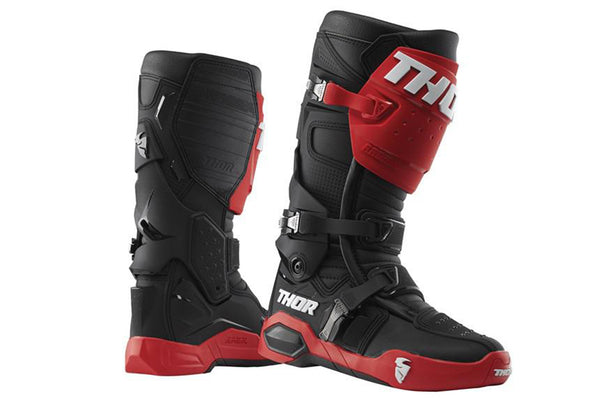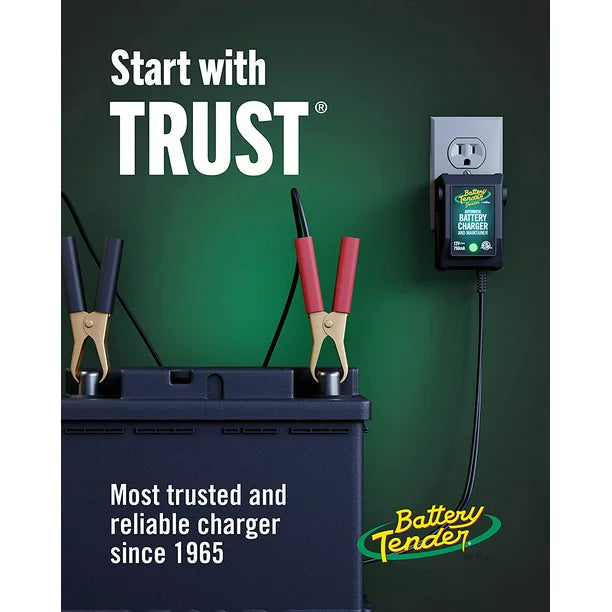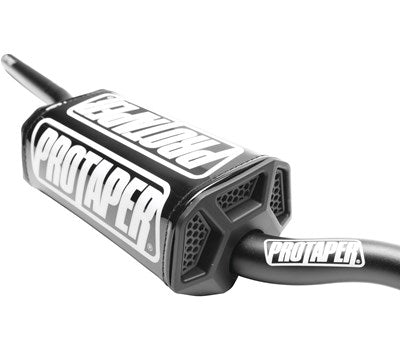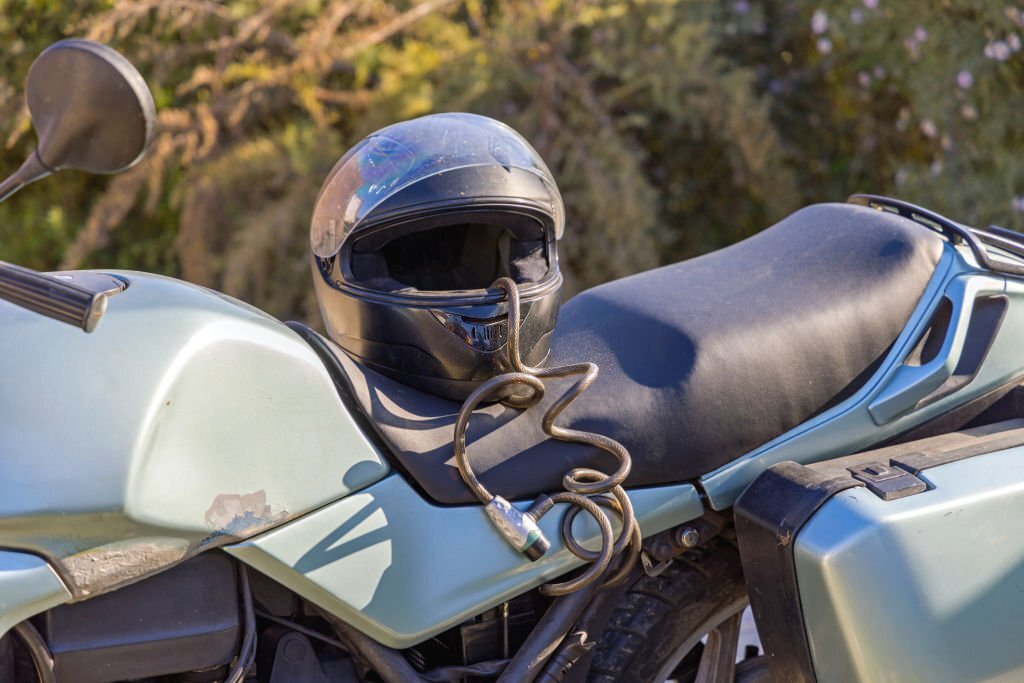For riders, helmets are a necessity. They keep us out of harm’s way and, if you choose the right one, add to our overall aesthetic.
If you bought yourself a brand new helmet, it’s important you know the finer details about it. This includes what it's made from, how it protects you from danger, and how often you will use it.
However, the question that needs to be answered is how long motorcycle helmets last. When do you need to consider purchasing a new one?
What This Article Covers:
- How Long Should a Motorcycle Helmet Last?
- How to Tell if a Motorcycle Helmet Is Still Good
- How Often Should You Replace a Motorcycle Helmet
How Long Should a Motorcycle Helmet Last?
If you wear your helmet almost every day, you can expect it to expire as constantly putting the helmet on and off your head causes wear and tear.
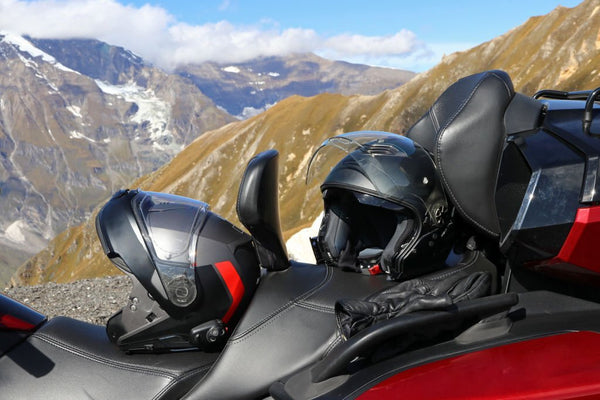
Average Lifespan
The general lifespan of a motorcycle helmet is around 5 years, which helps us determine a bike helmet’s expiration date.
The reason bike helmets need a change after a few years is because of the materials the helmet is made from. This includes everything from the inner EPS and the glue used around the helmet that all deteriorate and become less effective.
Your helmet’s lifespan can be prolonged if you store your helmet in a safe and secure location without using it every day.
Most helmets that you purchase from a credible retailer come with an expected lifespan, but the general period is around 5 years.
This lifespan can also be viewed by simply removing the inner comfort liner and looking at the sticker beneath it.
The exterior shell doesn’t typically deteriorate, it's more of the interior elements that are affected.
Deterioration
In terms of what affects these elements the most, one of the main culprits is moisture. This includes hair oils, gel, and sweat. These elements rub against the inner components such as the EPS liner.
Certain actions can also affect the lifespan of a helmet.
For example, many riders use their helmets as carrier bags to store their keys and phones. These objects compress the inner padding and damage it, eventually rendering it useless.
If you want to know which type of helmet is best in terms of protection and safety, you need to examine the material of the shell.
Polycarbonate helmets are cheap and accessible, the downside is that they are heavier and given the price, have fewer features than more expensive options.
Carbon fibre helmets stand out as the most rigid, the lightest, and the best at dispersing the energy from an impact.
The only downside is that they are pricey compared to the polycarbonate and fibreglass helmets, but the overall rigidity of the helmet more than makes up for the asking price.
How to Tell if a Motorcycle Helmet Is Still Good
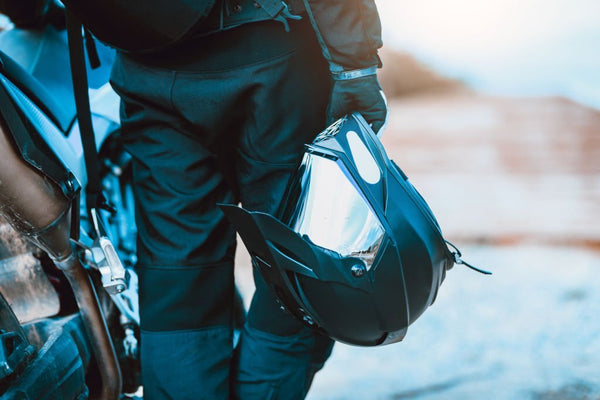
Helmets help keep us safe on the road.
They have a hard outer shell that dissipates the energy of an impact and prevents any damage directly to the skull. They also have the EPS lining on the interior to cushion our fall.
Even if you haven’t been in an accident, the decision of whether you need a new helmet comes from inspection.
If you have been in a serious accident where your helmet has taken a knock, it’s time to get a new one. Once the helmet has shielded you from some impact force, it’s going to distend and change shape, making it less effective or even entirely ineffective at protecting you from another.
You want to do a full inspection of the helmet to determine whether it's still in good shape.
Inspection
Shell
If you have a polycarbonate helmet shell, it tends to break down quicker than a carbon fibre helmet as they are more prone to UV light damage and moisture.
Since carbon fibre helmets have a much stronger shell, they are the safest motorcycle helmet material.
To examine if the shell is damaged, and this applies to both polycarbonate and carbon fiber, look for any visible holes, cracks, or dents.
EPS Liner
The next area of inspection is the EPS liner, which is essentially the material that protects riders when in an accident.
This is the most important part that needs careful inspection as the EPS might end up saving your life one day.
The EPS is made of foam that has a variety of densities depending on your head size. You want to make sure that the liner isn't brittle or flakey, and it should have a firm shape to it.
This can be tested by pressing onto the surface of the liner and if your finger sinks in, then it’s time to get rid of it.
Inner Padding
The inner padding tends to be the material that deteriorates the quickest as it's pressed directly against your sweaty face.
It traps moisture and hair and should be washed regularly to avoid it deteriorating or having any loose threads.
In other words, in the same way, that you wash your motorbike boots to prevent them from smelling like a trash can, your inner padding should be washed too.
When you inspect your helmet, be sure to use a towel or a helmet stand as you don’t want to scratch the top.
Expiration
The final inspection area should be the label beneath the EPS liner. The liner pops off easily and the label should give you a date in months and years.
As soon as you have been in an accident, minor or major, you want to ensure that the helmet is carefully inspected before taking it on the road again
Inspecting these elements allows you to determine whether your helmet is still good to use.
How Often Should You Replace a Motorcycle Helmet
The standard rule for replacing a helmet should be after the expiration date listed on the helmet, but if you find that the helmet isn't in great shape, it's best to replace it as soon as possible.
Over time, your helmet, be it polycarbonate or carbon fibre, degrades and eventually becomes brittle, decreasing how safe and flexible it is in an accident. This decreases the amount of force it’s capable of dispersing from around your head.
In general, you should look at replacing your helmet every five years, but the more you wear your helmet, the faster It’ll degrade.
As soon as you notice your helmet determining, throw it away and head to the bike store to get yourself a new one.
When to Replace Motorcycle Helmet
Helmets should be replaced as soon as you notice the elements deteriorating.
A cracked outer shell won’t do you any good in terms of protection when riding so if you have any noticeable cracks or dents, throw that old, dusty helmet in the trash.
Minor scratches on the shell don’t take away from the overall protection, but as soon as the inner padding becomes visible when looking at the shell, you need a new helmet.
If the interior of the helmet smells like stale sweat can despite washing the inner padding, the inner components have fully deteriorated, and you need to investigate purchasing a new helmet.
A chin strap is an important part of ensuring your helmet sits on your head in a secure position. Without it, you won’t be able to keep your helmet in place during an accident.
If this strap becomes loose, you can always replace it and get back to riding. But if you find that after replacing the strap that this is still a recurring problem, the issue is with the helmet itself.
Motorcycle Helmets Expiration Date
If you’re wondering why motorcycle helmets are so expensive, the answer is the materials, ranging from what the shell is made of and what level of density is used in the EPS.
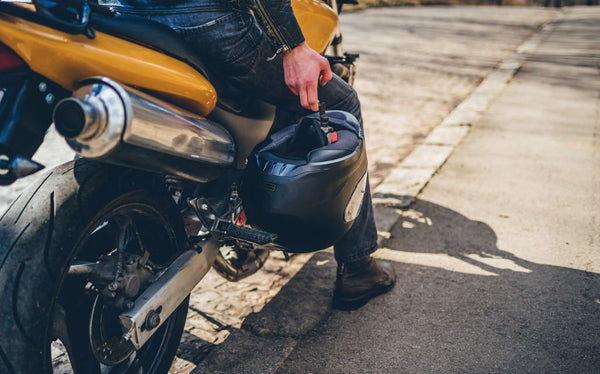
If you opt for the more expensive helmets, you can expect them to live up to their estimated lifespan.
The cheaper helmets serve as a good entry point for riders, but their components are not built to last 5 years. Certain components such as the chin strap or inner padding will degrade after a year or 2 of usage.
When we hear the term expiration date, we are talking about the overall lifespan of the helmet and how much wear and tear it can absorb before requiring a replacement.
The expiration date of a helmet is found on a label beneath the EPS lining, and this gives you an estimated timeframe where your helmet can protect you from any danger.
This date can be shortened as constant exposure to the sun, extremely cold weather, sweat, and knocks can lead to the degradation of the material.
So, if your question is does a motorcycle helmet expire, the answer is yes.
If You Enjoyed This Piece, Consider Checking Out Other Blogs:
- Are Open-Face Motorcycle Helmets Safe
- Highest Motorcycle Helmet Standard
- Best Motorcycle Helmet Color for Visibility
- How Much Should I Pay for a Motorcycle Helmet
- Are MIPS Bike Helmets Safer?
- Best Motorcycle Helmet
- Most Advanced Motorcycle Helmets
- Best Dual Sport Motorcycle Helmet
- Best Value Motorcycle Helmet
- Best Motorcycle Helmet for Women
- Best Entry Level Motorcycle Helmet
- Best Hot Weather Motorcycle Helmet
- Best Kids Motorcycle Helmet
- Best Motocross Helmet Under $300
- Best Lightweight Motorcycle Helmet



